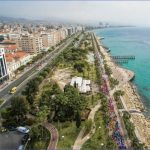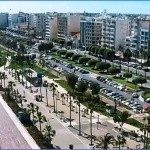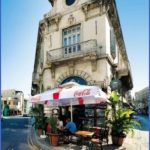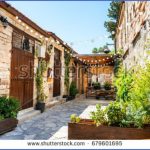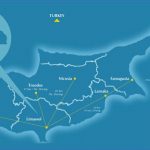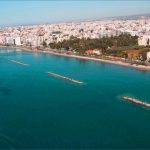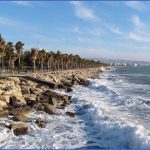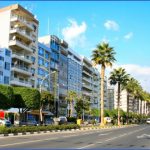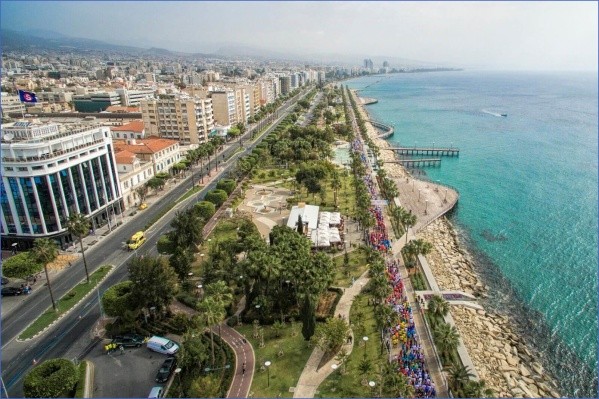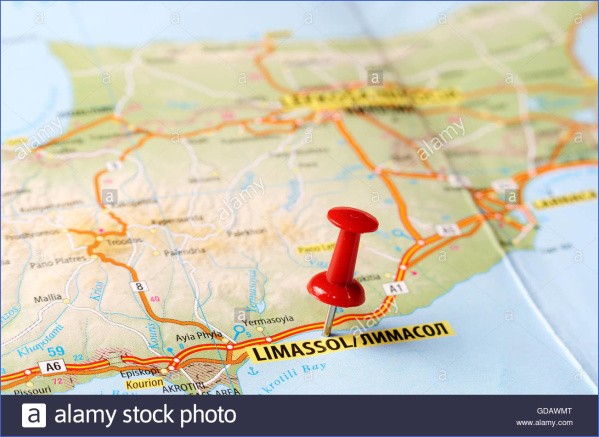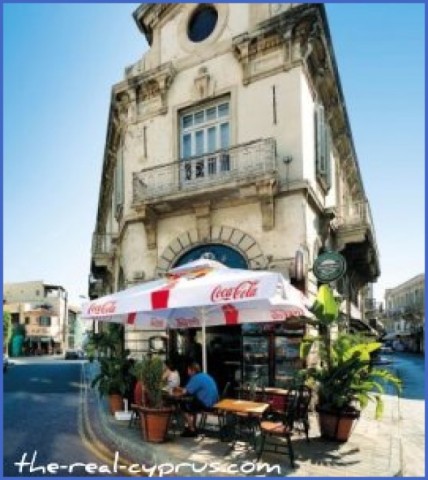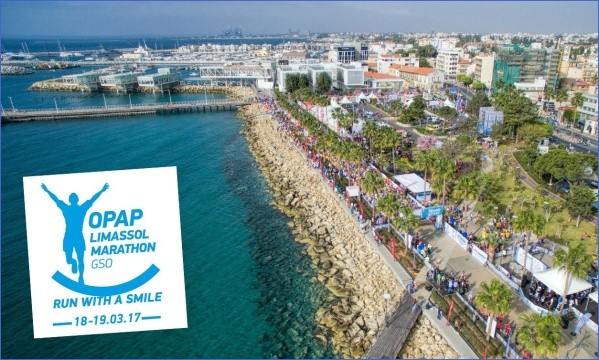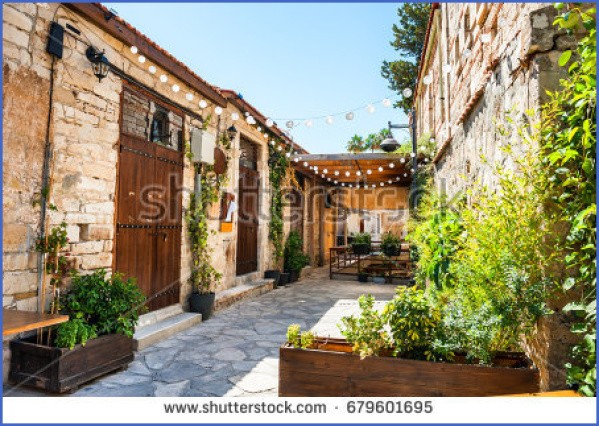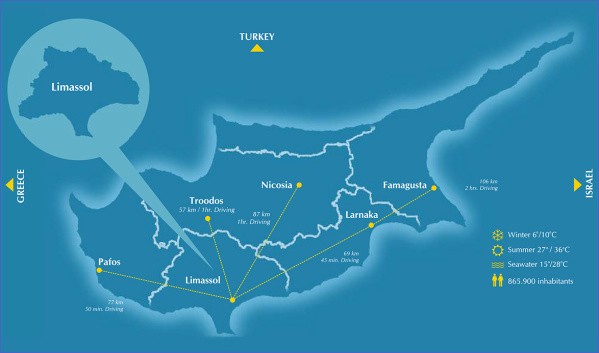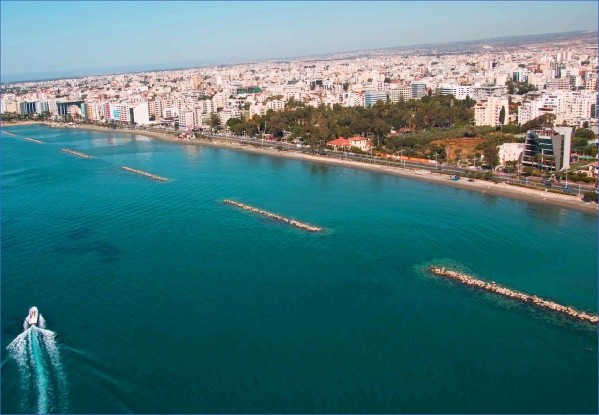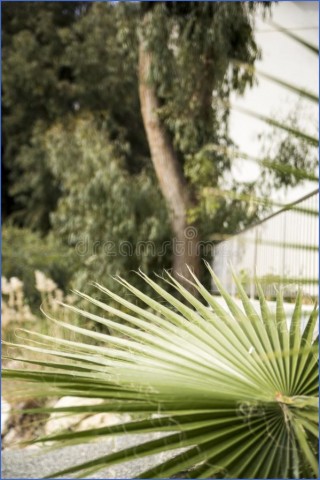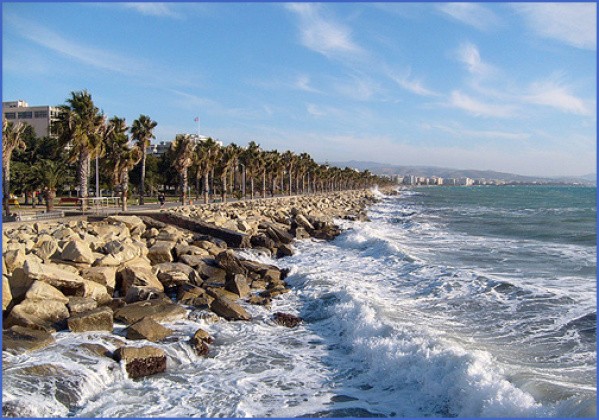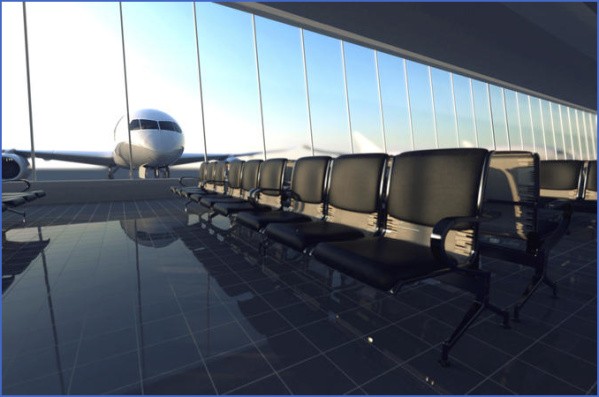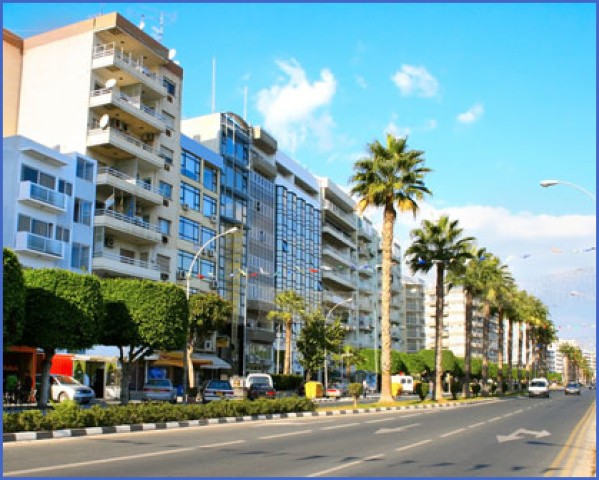Limassol Tourism Development
OTHER PLACES OF INTEREST
The “Dasoudi” (copse) of Limassol covers a relatively limited area, some 14 hectares, close to the Nautical Club. Since 1980, it hosts a modern plage of the Cyprus Tourism Organisation. A small area in the eastern part of the stretch has been built up, offering facilities such as a restaurant, a pub, a cafeteria, refreshment stands, parking places and a number of sports facilities, including a modern swimming pool as well as basketball and volleyball courts. A number of wooden kiosks have been set up on the beach to serve the bathers.
Travel to Limassol Photo Gallery
The Municipal Gardens of Limassol fulfil a multiple purpose. As botanological gardens, they accepted and assimilated mediter-ranean, tropical and sub tropical plants, as well as trees normally found in oceanic climates. From the intellectual and artistic aspect the open-air theatre hosts a variety of plays during the summer months. An international festival is organised every year, lasting a week. The busts of Limassol’s two great men, that of Christodoulos Sozos, patriot and hero of the 1912 wars, and parliamentarian and mayor of Limassol, as well as that of Nikos Nikolaides, that great author, adorn the Gardens, a short way inside the main entrance. The zoological corner, hosting a variety of animals, offers entertainment and scientific knowledge to the visitor. Directly opposite this corner, one can visit the Natural History Museum. Besides, it is in these very Gardens that every year, usually in September, the Wine Festival is held. The Municipal Gardens of Limassol also offer a restaurant, a kiosk, where one can purchase soft drinks, and a children’s playground.
Sport grounds and stadia at Limassol The Tsireion stadium with a capacity of 20,000 spectators caters mainly for football and athletics. The Olympic Swimming Pool has a capacity of 500 spectators, while the Olympia Indoor Sports Hall has a capacity of 2000 persons and is used mainly for basketball, handball, volleyball, rhythmic and olympic gymnastics as well as other events.
Travel Discussion for Limassol, Cyprus
Carnival parade at Limassol
The Wine Festival at the Municipal Gardens, Limassol
The Wine Festival is held, since 1961, in the Municipal Gardens of Limassol, usually in the month of September. A giant vine-producer dressed in the traditional costume, welcomes visitors at the entrance of the Gardens, while the motto remains constant: “Drink Wine to Live More”. The festival lasts for a few days during which wine of all varieties, is offered, free of charge, to the visitors. The kiosks of the main wineries exhibit their products inviting passers-by to test their wine. The Limassol Wine Festival, revives for a few days and to a small extent the ancient Dionysia and Linaea festivities. As is known, the ancient Greek festivities in honour of Dionysos, the God of vine and wine, were accompanied by common symposiums offered, free of charge, by the State, by testing new varieties of wines, by group dancings, songs, poetry and theatrical performances. Now as then the theatrical performances, the merrymaking and the free supply of wine, create a different jolly and carefree atmosphere. Hundreds of thousands of people, both locals and foreigners of all walks of life, ages and races, mix together and under the influence of wine sing and spend some unforgettable moments in Limassol.
Limassol Travel Guide
Treading on the grapes to give out juice
The Carnival. Limassol is the town of Cyprus carnival, recently followed by other towns which have not yet attained the grandeur and splendour of Limassol carnival. It usually takes place in February or March, a week preceding Lent. It lasts for about 10 days, during which nightclubs, tavernas, hotels, clubs and discotheques provide evening entertainment in fancy costumes. There are numerous parties and dances during the last week, during which everybody is disguised with masks and colourful fancy costumes. The parade is unique with crowds thronging the streets to cheer the floats. Recently the organization has been undertaken by the Limassol Municipality. Apart from the children’s parade, introduced recently in the programme, taking place usually in the Tsireion Stadium, there is also a contest for the participating choirs. The climax of the celebration is the last Sunday, when early in the afternoon thousands of people from all Cyprus travel to Limassol to watch the two-hour spectacular parade of floats headed by the King Carnival. The Carnival event is recommended to all who will happen to be holiday-making in Cyprus during this period. The historical origin of the carnival is obscure. It possibly has its roots in a primitive festival honouring the beginning of the new year and the rebirth of nature. Some think that the origins date back to Greek mythology, while others consider that the beginnings of Carnival may be linked to the pagan Saturnalian festival of ancient Rome.
LOWLANDS EAST OF LIMASSOL TOWN
a) Exploring the villages between Limassol and Amathous archaeological site
Route: The Sfalangiotissa Monastery, Germasogeia, Akrounta, Foinikaria, Mouttagiaka.
The Sfalangiotissa Monastery stands in a quiet environment north of Agios Athanasios. Its date of establishment is unknown, though there is testimony of the monastery’s existence at the beginning of the 18th century. It may be that, in those distant years of the 18th century or even earlier, the monastery did not possess particular wealth and featured a church and a few monks who occupied themselves with agriculture. The miraculous attributes of the icon of Panagia Sfalangiotissa are well-known in the surrounding villages, whose inhabitants would rush to pay homage if, perchance, they happened to be bitten by a potter wasp. The monastery was disbanded during the Ottoman occupancy of Cyprus. During the 1970’s the monastery recommenced operation with nuns who are engaged in iconography, gardening and other related activities.
Maybe You Like Them Too
- Top 10 Islands You Can Buy
- Top 10 Underrated Asian Cities 2023
- Top 10 Reasons Upsizing Will Be a Huge Travel Trend
- Top 10 Scuba Diving Destinations
- World’s 10 Best Places To Visit

